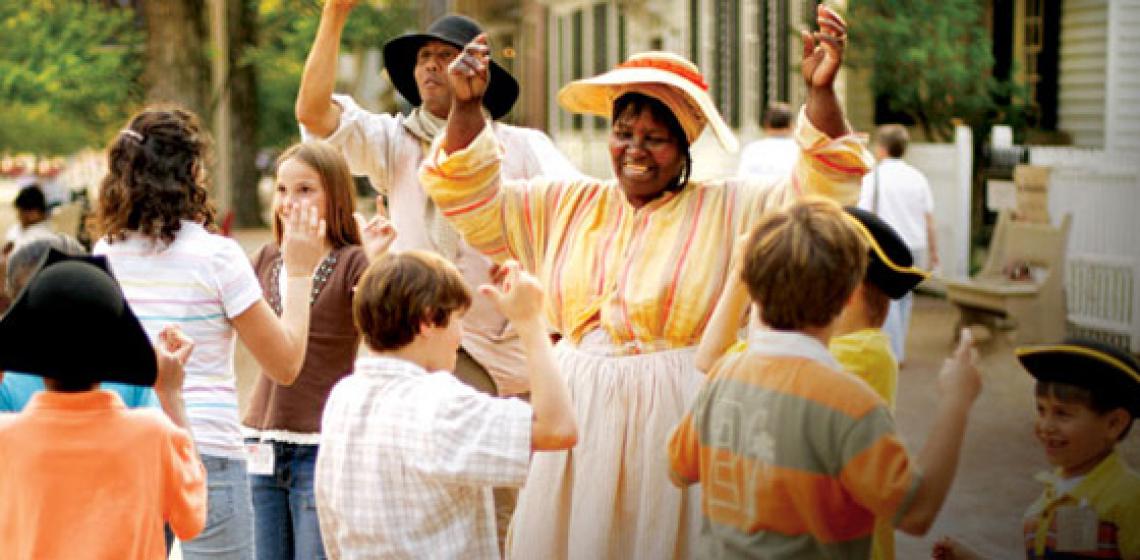
In Colonial Williamsburg’s 301-acre Historic Area stand hundreds of restored, reconstructed, and historically furnished buildings. Costumed interpreters tell the stories of the men and women of the 18th-century city - black, white, and native American, slave, indentured, and free-and the challenges they faced. In this historic place, we help the future learn from the past.
The Colonial Williamsburg Foundation operates the world’s largest living history museum in Williamsburg, Virginia - the restored 18th-century capital of Britain’s largest, wealthiest, and most populous outpost of empire in the New World. Here we interpret the origins of the idea of America, conceived decades before the American Revolution. The Colonial Williamsburg story of a revolutionary city tells how diverse peoples, having different and sometimes conflicting ambitions, evolved into a society that valued liberty and equality. Americans cherish these values as a birthright, even when their promise remains unfulfilled.
The Historic Area of Colonial Williamsburg stretches over 301 acres, and includes 88 original 18th-century structures. Hundreds of houses, shops and public outbuildings are reconstructed on their original foundations. Some buildings are open to the public, while others are private residences and administrative offices.
Williamsburg was the thriving capital of Virginia when the dream of American freedom and independence was taking shape and the colony was a rich and powerful land stretching west to the Mississippi River and north to the Great Lakes.
